Scientific collaboration at its best: Home cage monitoring reviewed
The latest insights and views on home cage monitoring was reviewed by Grieco et al. A collaborative paper with an expert team on home cage behavior was published last week. This blog touches upon their findings!
Posted by
Published on
Wed 06 Oct. 2021
Topics
| Automating Behavioral Observations | Home Cage | PhenoTyper |
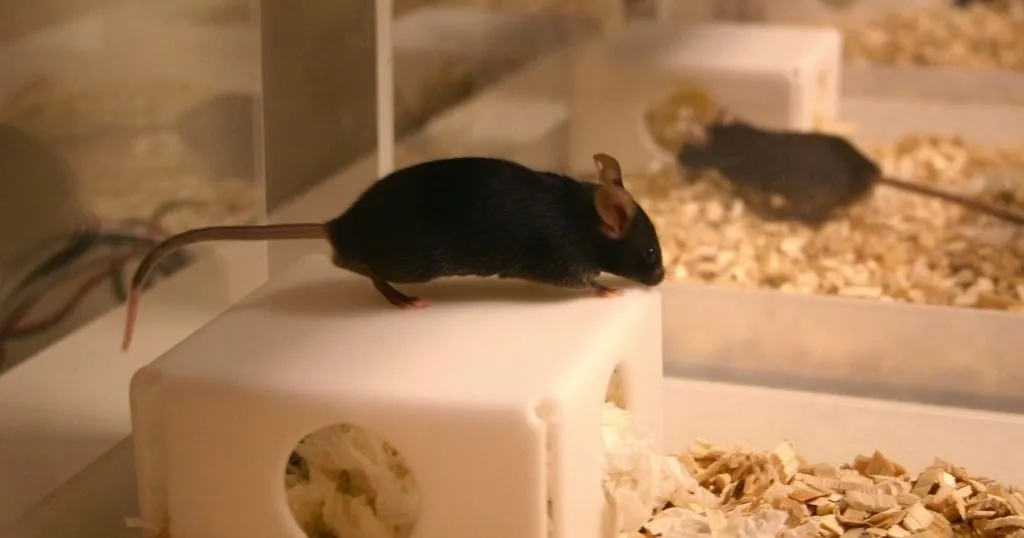
Noldus is here to advance your research. This is not only realized through innovative technology, but academic contributions as well. Last week a multi-author review of PhenoTyper studies has been published in Frontiers in Behavioral Neuroscience, which is a co-production of 29 authors with a team of experts on home cage behavior from Noldus.
Home cage monitoring reviewed
Reproducibility crisis
Grieco et al [1] address the reproducibility crisis (or replication crisis) in biomedical research, diving into several known and unknown sources of confounding environmental factors that add variance. This often leads to the inability of reproducing, or duplicating, the results of a prior study. Two major contributors to this are human interference and novelty-induced anxiety.
To ameliorate this, automated home-cage monitoring systems like Noldus’ PhenoTyper have been developed that integrates with the powerful video-based tracking software: EthoVision XT. This makes it possible to perform prolonged and longitudinal recordings, providing information of spontaneous behavior that can be analyzed across multiple time scales and extracting digital biomarkers of motor, emotional, social and cognitive behavior.
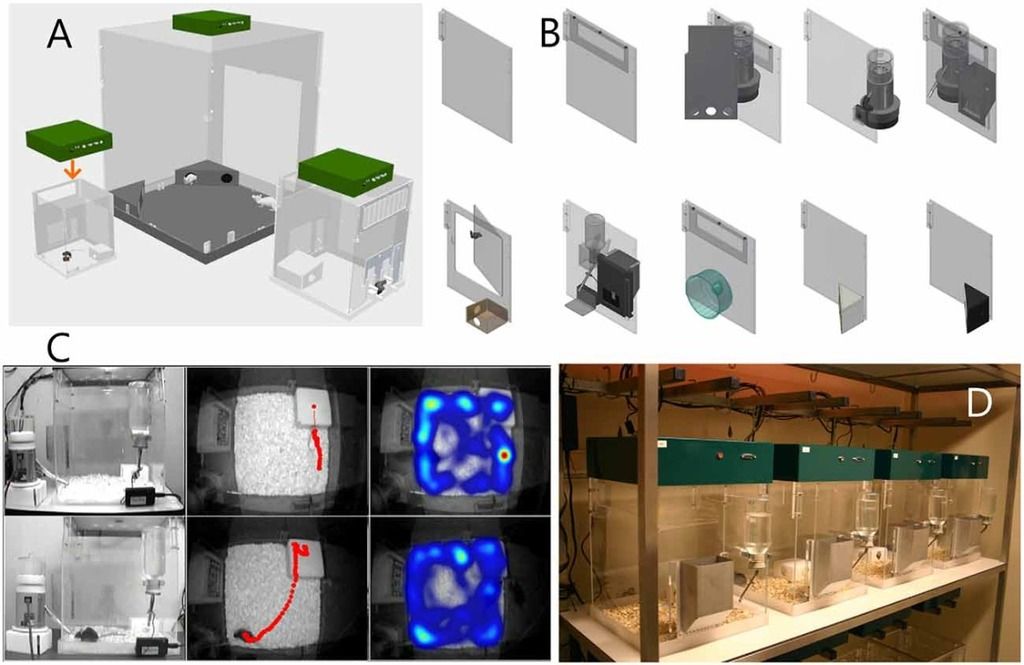
Image from Grieco et al [1]. Noldus' PhenoTyper powered by EthoVision XT
What Makes a Cage a Home Cage
The definition, and ultimately design, of a home cage monitoring system is key to approaching a more ‘natural relevant’ environment to test in. Key features include:
- Bedding material
- Chow and drinking water identical to vivarium conditions
- Environmental enrichment
- Adequate cage ventilation
- Cage size
Additionally the home cage monitoring system can be expanded with things like running wheels to measure activity, continuous food and water intake measurements, recording ultrasonic vocalizations and a cognition wall to measure learning and memory in a home cage environment, which makes this setup stand out from out-of-cage testing.
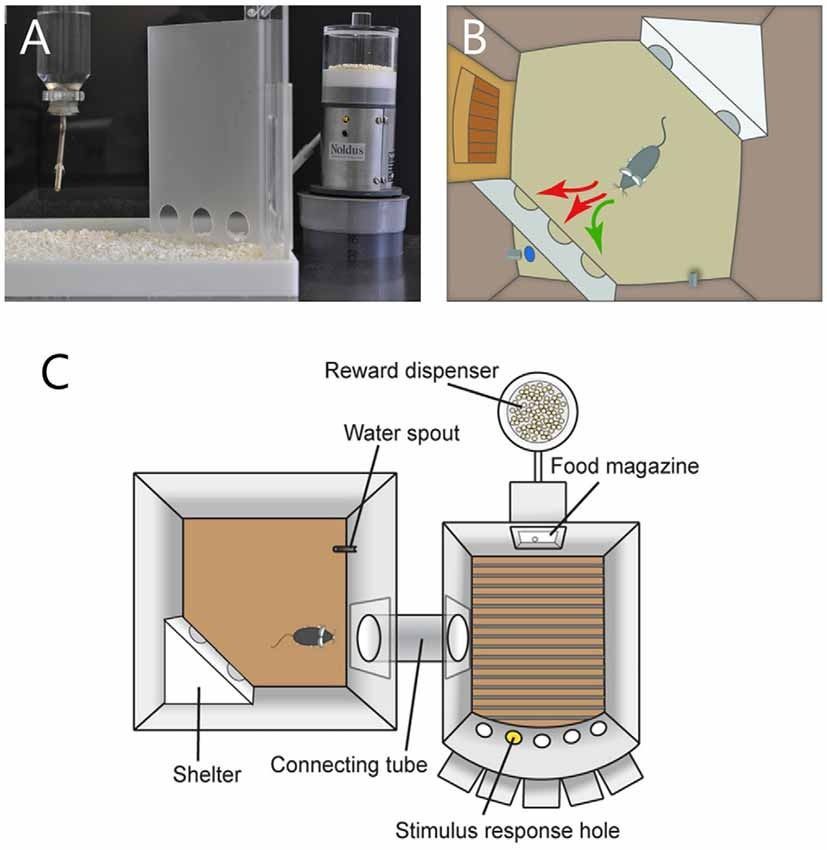
Image from Grieco et al [1]. Home cage monitoring system with cogition wall
Standard tests
This out-of-cage principal has been considered to be the standard in behavioral testing. However, these “standard” tests, like the open field or elevated plus maze, only capture brief behavioral snapshots at pre-determined time-points. Home cage monitoring allows for continuous monitoring of behavior, adding an incredible amount of resolution to the behavioral output. Minor observations such as body posture changes and/or interaction with stimulus devices in the cage that are not observable with standard (short) tests can be included in the output with home cage monitoring. Also, previously unknown (pharmacological or genetic) models can be thoroughly phenotyped.
Controlling variation
Inter- and intra-laboratory variation needs attention according to the authors of this paper. There is a long list of environmental variables that researchers want to control: temperature, humidity, cage type, cage cleaning, position of cage, housing room, smells, experimental designs, handling, lighting, time of day, order of testing, to name a few. The scope of these variables can be daunting when setting up an animal experiment, and does cause a lot of variation, even between similar studies performed in the same lab.
Home cage monitoring is aimed at limiting experimenter interactions and using uniform protocols. Handling of the animals for example is such an interaction and has a major impact on anxiety. The PhenoTyper has already facilitated reproducibility of activity-related (but not anxiety-related) phenotypes in the open field test, showing that it does eliminate environmental factors influencing reliability.
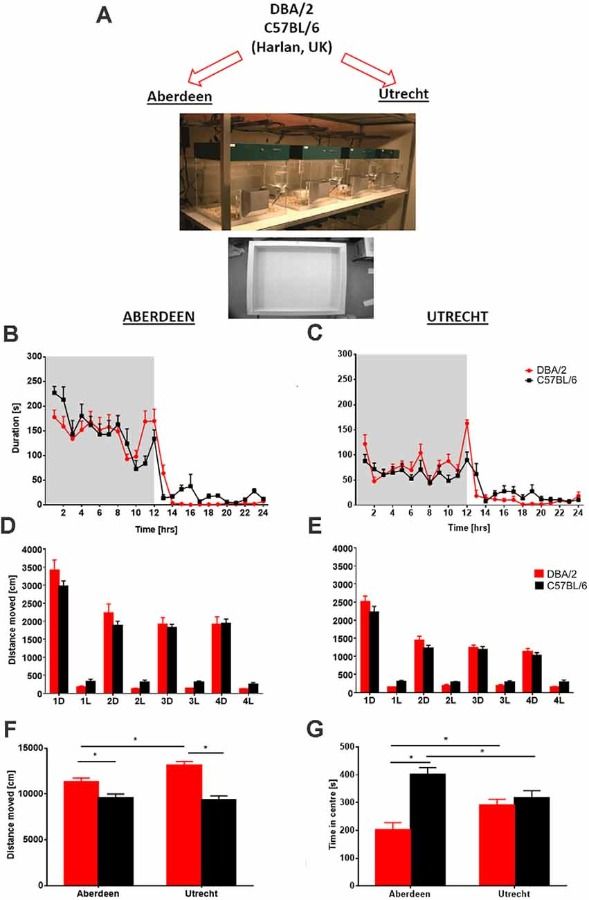
Image from Grieco et al. [1] showing the power of using the same PhenoTyper system setup between two labs
Limitations
The authors of this paper also describe the limitations of home cage monitoring. Such as specific behavioral constraints, which would not be present in a more naturalistic environment like the visible burrow system. Also, we as humans pre-define behavioral readouts, which can create bias. Furthermore, home cage monitoring only offers limited testing space, whereas some tests require larger spaces.
Today and The Future
Home-cage monitoring systems have reshaped rodent behavioral studies, helping to standardize testing in labs across the world. This is further emphasized by the power of video tracking software, like EthoVision XT, which not only has great detection algorithms and consequently behavior recognition, but also an advanced array of analysis possibilities such as filtering and nesting of Data.
The authors of the paper by Grieco et al. also state that the future of behavioral testing should tackle the limitations mentioned in their paper. Although we would like to completely eliminate human interference, this will never be 100% achievable (think about cage cleaning for example). Pragmatism in your study design still remains key: Is an automated approach best suited to answer your scientific question?
Full access
To read the full open access article, and explore all of the authors’ angles on home cage monitoring, please follow this link.
Reference
1. Grieco, F. et al. (2021). Measuring Behavior in the Home Cage: Study Design, Applications, Challenges, and Perspectives. Front. Behav. Neurosci., 15:735387.
Related Posts

NIH Grant Writing Series: Insider Tips for Funding Success - Part 4
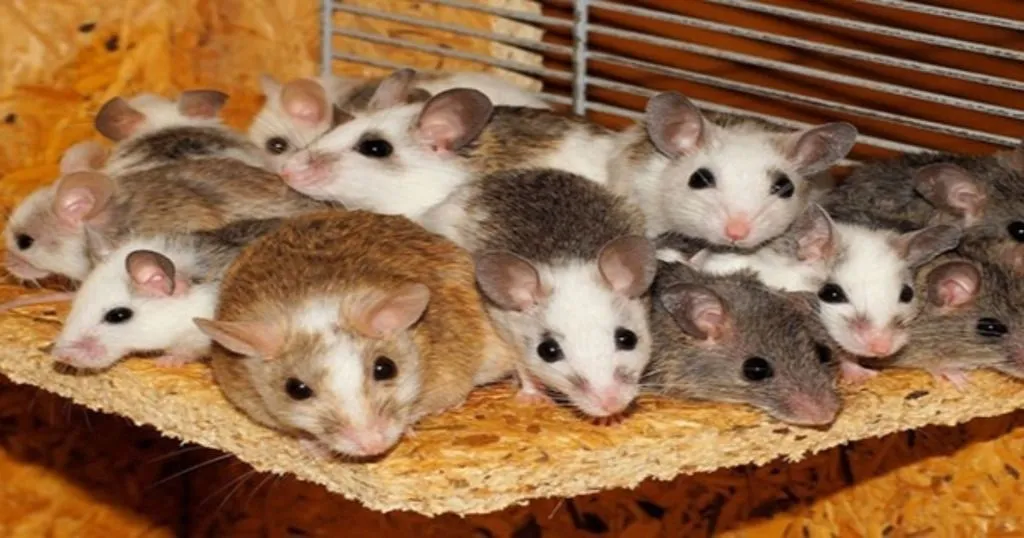
Determining the best housing strategy for mice

